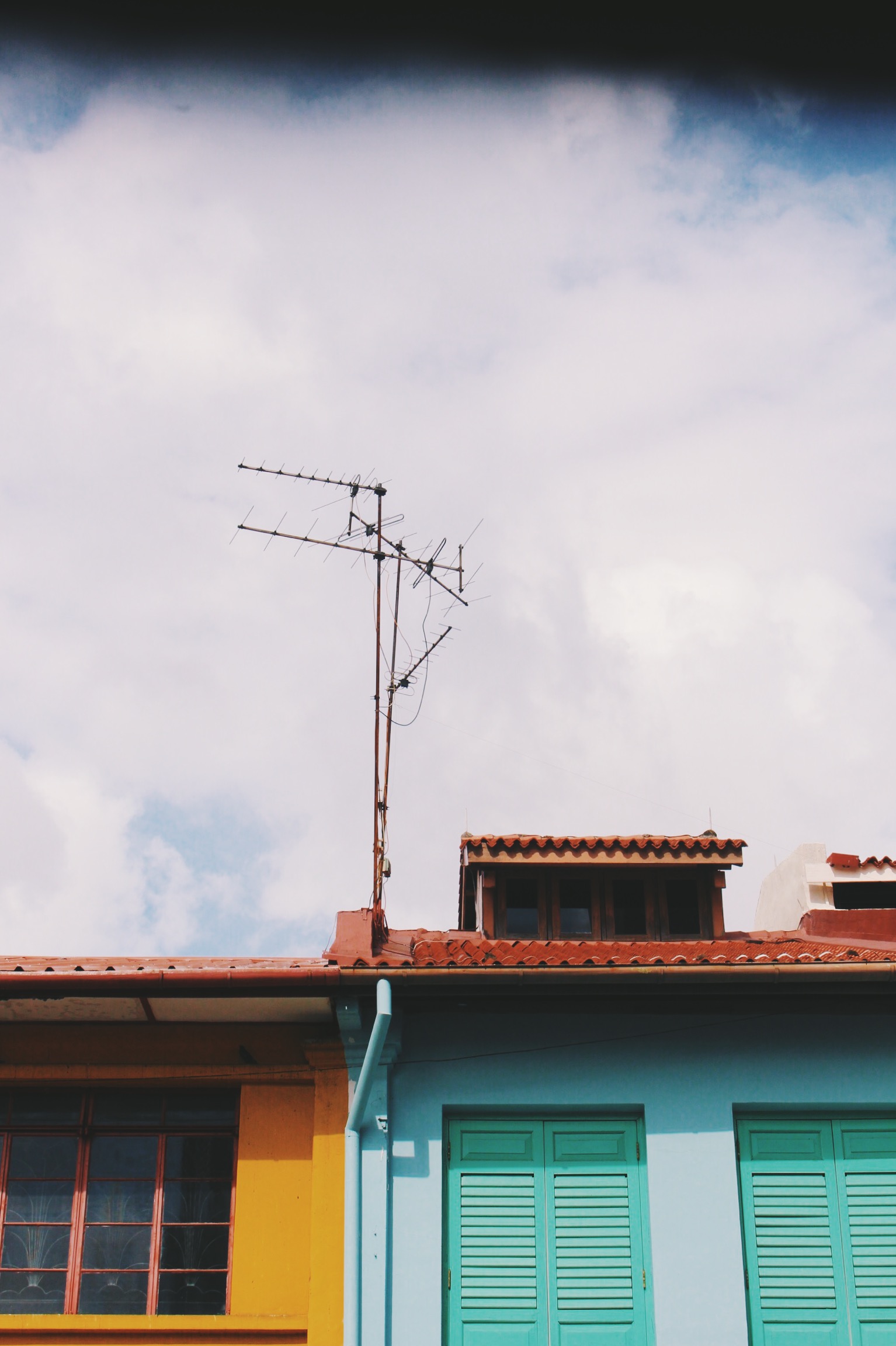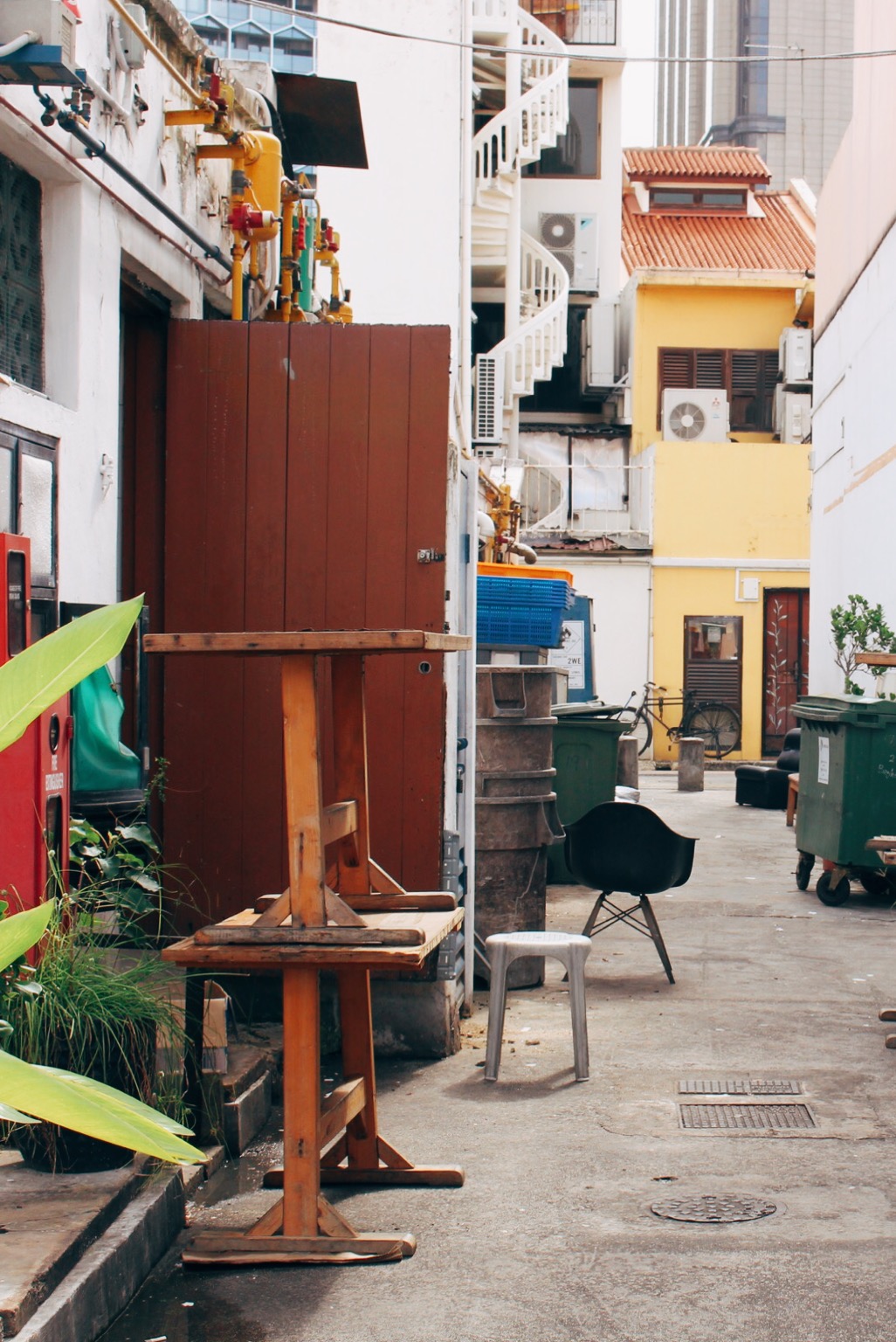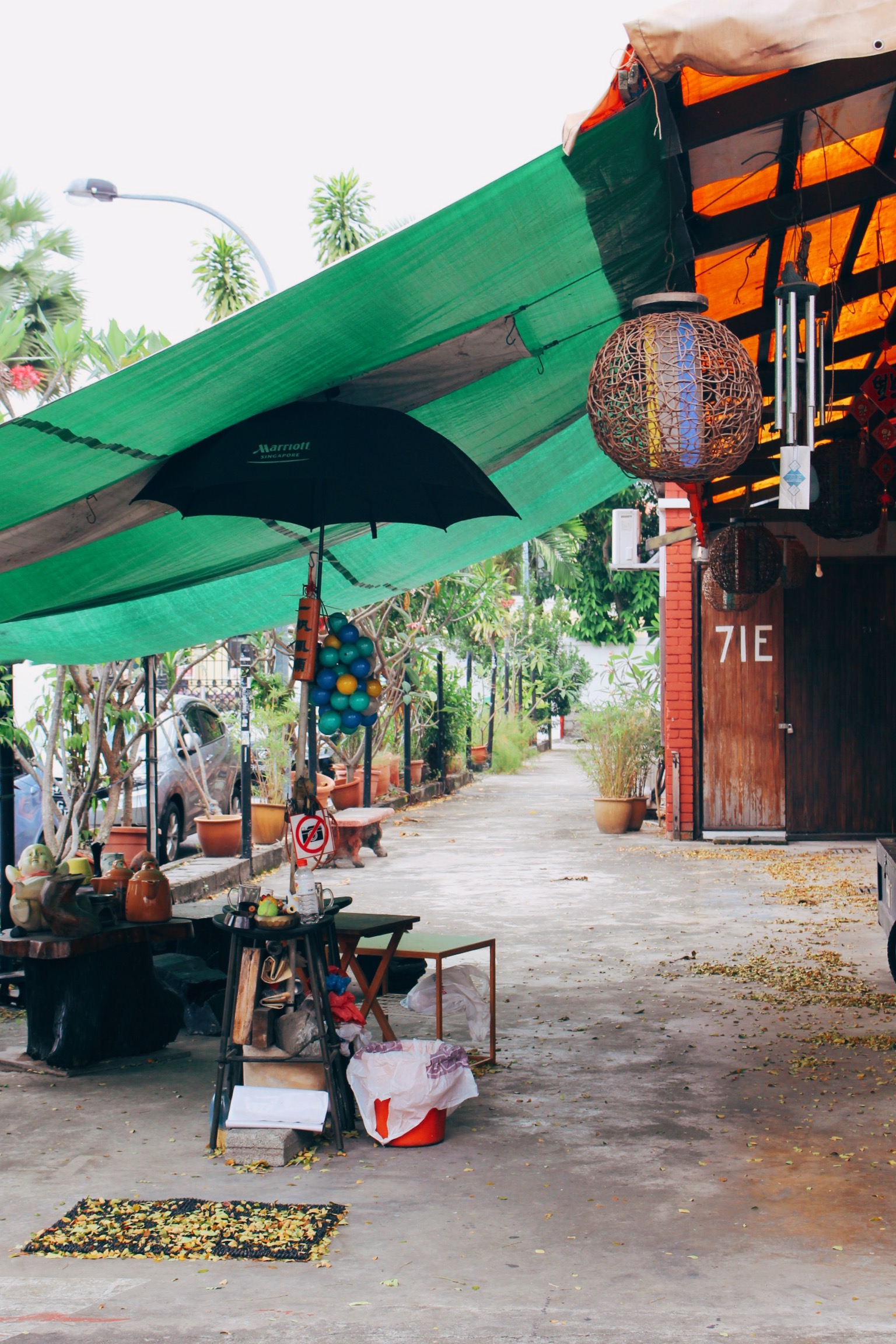Visitors to Singapore would be familiar with Haji Lane, which lies just at the edges of one of the ethnic enclaves of the island, Kampong Glam.
The brightly coloured shophouses of Haji Lane feature a row of multi-label stores, quirky boutiques as well as hip bars and cafes. Just round the corner, stores selling traditional wares such as Persian carpets, kebaya (traditional nonya dress) dresses and handmade perfumes line Arab Street and Bussorah Street.
Originally spelt “Campong Gelam” when it was named around 1830, the area is home to the elegant Moorish-influenced Sultan Mosque. The iconic landmark is the heart and soul of Kampong Glam; it's also the largest and biggest and most famous mosque in Singapore.
The grid layout for Singapore’s road networks has been around since the days of Stamford Raffles. But the rule of thumb for mosques is that they have to face Mecca, and sometimes this makes it a little harder for urban planners to get the mosque to sit nicely within the grid lines.
A peek into the back alleys reveals how the crooked roads help the mosque to fit into the rigid city grid.
The precinct holds a quirky mix of history, culture and trendy party scene.
In Malay, the word kampong means "compound". “Glam” is often attributed to the gelam (long-leaved paperbark tree), which was found and used locally for boat-making, medicine and even as a seasoning for food.
The area subsequently became one of the seats of Malay royalty in Singapore, after Sir Stamford Raffles allocated the area to the Malay, Arab and Bugis communities.
A stark contrast from the shiny tall buildings of the surrounding downtown area, the back alleys of Kampong Glam are where you can find little nooks and crannies that make for beautiful pictures.
The Kampong Glam precinct is marked as a conservation area by the Singapore government. According to the colour guidelines by the Urban Redevelopment Authority (URA), these conservation shophouses need to be painted according to traditional paint schemes and colours to recall the historic landscapes.
The base colours of the shophouses have to be a pastel hue, and other shades can be used only to highlight decorative ornamentations.
Here are some quaint corners we found on our walks:











